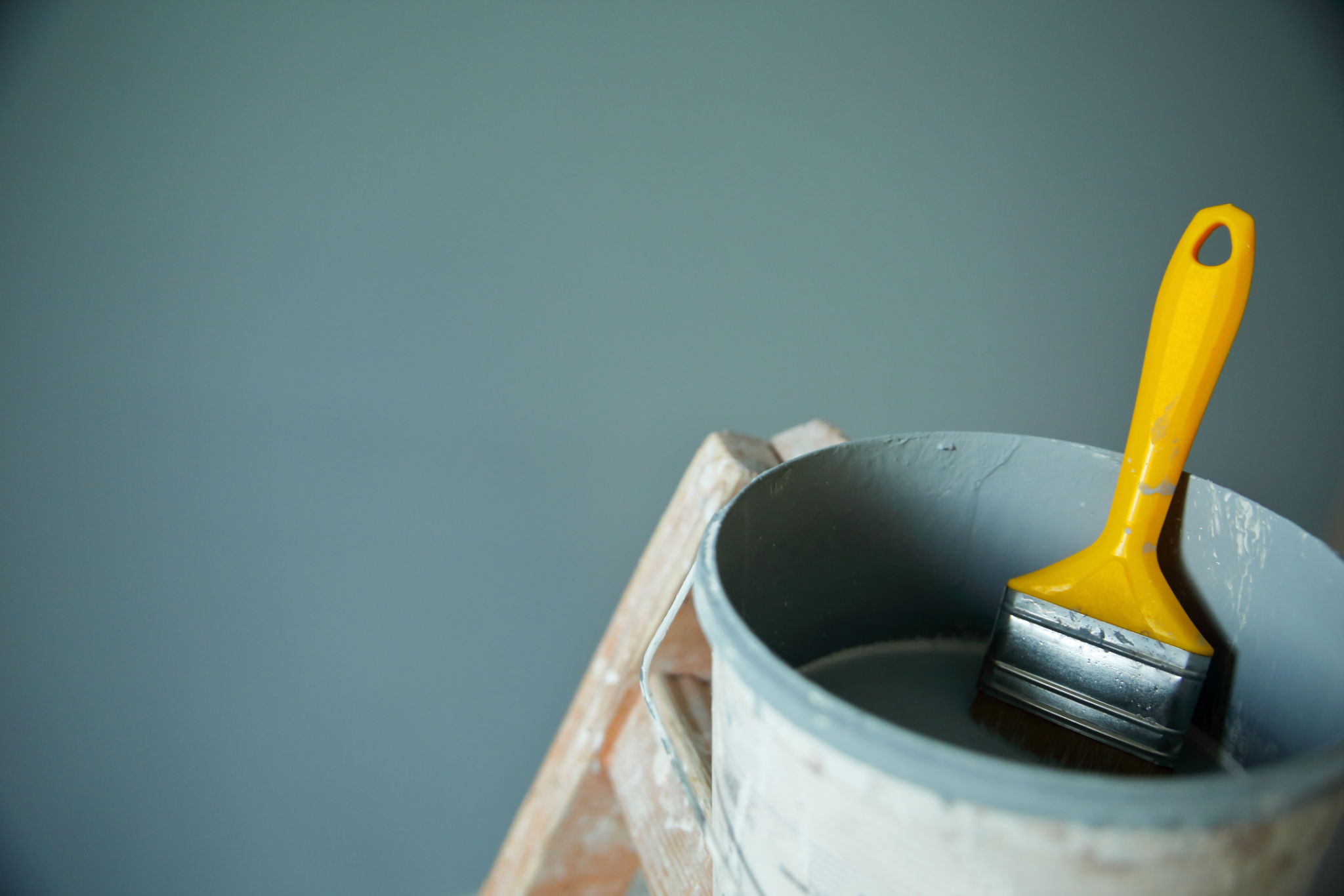Seasonal Painting Tips: Preparing Your Home for Winter in Brandon
Understanding the Importance of Winter Painting
As the cold winds start sweeping through Brandon, homeowners find themselves preparing for the long winter months ahead. One often-overlooked task is painting, which can be crucial in maintaining the beauty and integrity of your home. While many assume painting is best left for warmer months, winter can actually be an ideal time to tackle indoor projects.
Painting your home during winter not only keeps your space vibrant but also helps protect the surfaces from moisture and damage. With the right techniques and materials, you can achieve a professional finish that lasts through the season and beyond.

Choosing the Right Paint and Tools
When it comes to winter painting, selecting the appropriate type of paint and tools is essential. Opt for high-quality, low-temperature paints that are designed to cure well in cooler conditions. These paints typically dry faster and release fewer volatile organic compounds (VOCs), making them safer for indoor use.
Ensure you have the right tools on hand, such as brushes and rollers designed for smooth application. Investing in quality equipment can make a significant difference in the final result, helping you achieve a flawless finish with less effort.
Types of Paint to Consider
- Low-VOC Paints: These environmentally friendly options are ideal for indoor use, reducing fumes and drying quickly.
- Oil-Based Paints: Known for their durability, these paints are great for areas prone to high traffic and moisture.
- Acrylic Paints: Versatile and fast-drying, acrylics work well on a variety of surfaces and offer excellent adhesion.

Prepping Your Home for Painting
A successful paint job requires thorough preparation. Start by moving furniture away from walls and covering floors with drop cloths. Cleaning the surfaces is crucial; dust and grime can affect paint adhesion, so use a damp cloth to wipe down walls and trim.
Next, inspect your walls for cracks or holes that need filling. Use a high-quality spackle or filler to address these imperfections, sanding them smooth once dry. This step not only ensures a clean canvas but also enhances the longevity of your paint job.
Temperature and Humidity Concerns
While indoor painting is feasible in winter, it's important to maintain an optimal environment. Keep your home at a consistent temperature of around 60-70°F (15-21°C) and ensure good ventilation to facilitate drying. Use fans or open windows slightly to promote air circulation without letting in too much cold air.

Painting Techniques for a Professional Finish
With your home prepped and ready, it's time to start painting. Begin with a primer coat if necessary, as this helps the paint adhere better and provides a uniform base color. Use long, even strokes with your brush or roller, working from top to bottom to avoid drips.
For best results, apply two coats of paint, allowing adequate drying time between each. This builds up the color depth and ensures even coverage. Pay attention to details such as corners and edges, using a smaller brush for precision work.
Finishing Touches
Once the paint is dry, remove any painter's tape carefully to prevent peeling. Reattach any hardware or fixtures you removed earlier, and move furniture back into place. The fresh coat of paint will not only enhance your home's appearance but also provide added protection against winter elements.
Remember that proper care and maintenance are key to preserving your paint job. Regular cleaning and touch-ups will keep your interiors looking their best throughout the season.

